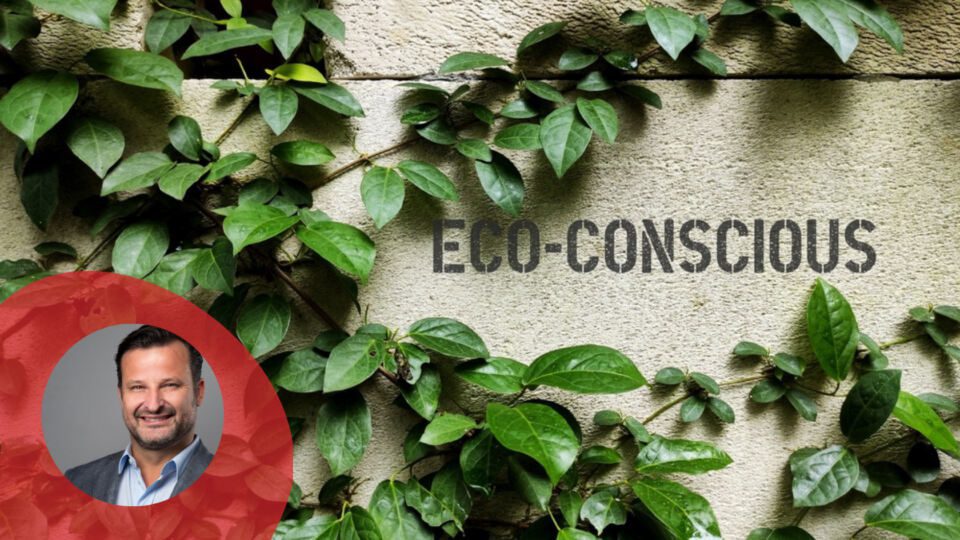In the months leading up to the recent UN Food Systems Summit and COP26 UN climate talks in Glasgow, numerous leading CPG brands such as Unilever, Pepsi and General Mills, in addition to retailers such as Target announced plans to hit net-zero emissions by 2050 or sooner. It’s a good start, and we understandably can’t expect food systems transformation to take place overnight.
But the science is clear on one thing: we need more action, and we need it faster. At the close of the COP26 climate negotiations, UN Secretary-General António Guterres acknowledged that current long-term sustainability commitments and climate targets are insufficient to avoid catastrophic global warming.
Looking at the food industry specifically, according to a recent World Benchmarking Alliance report, only 26 of the 350 largest food and agriculture companies are currently working to reduce their greenhouse gas emissions in line with the Paris Agreement. It’s understandable that others are hesitant — they may see corporate sustainability as an expensive challenge that puts them at odds with their own profits and perhaps their shareholders. At the very least, an ambitious 2050 agenda will take significant planning, stakeholder engagement and systems change.
The problem is, we don’t have time to wait until 2050. Some suggest that by focusing on goals that are decades into the future, we miss the urgency needed to address climate change today.
The good news is there are strategies that can be implemented by the food supply chain today that will make a significant impact on climate goals. An estimated one-third of all food produced is wasted before it even reaches the consumer, making food waste the third-largest greenhouse gas emitter behind the U.S. and China. Eliminating food waste presents a meaningful climate strategy CPG brands and retailers can implement, but it is also a complex challenge to tackle.
A few years ago, I had the unique opportunity to spend a year traveling the world with my family and saw firsthand the paradox of devastating food insecurity while unharvested food rotted in fields a continent away. The more I dug into the problem, the more it became apparent that a primary cause of food waste is slow-moving, inaccurate data in the food supply chain. When insufficient information is available to make daily decisions, the result is a mismatch between supply and demand — creating situations where at times shelves are bare, and at others food goes to waste.
CPG brands and retailers can address this problem by leveraging unified, real-time data and improved collaboration across trading partners to:
- Improve production schedules: With a cohesive, accurate and detailed picture of sales and distribution across retailers and distributors, brands can improve their forecasting and production schedules, leading to reduced waste and improved cash flow.
- Save inventory from spoilage: Retailers and CPG brands can work together to leverage visibility into inventory on hand and expiration dates at every step in the supply chain to identify inventory nearing expiration, and then take proactive steps to sell or donate this product so that it doesn’t go to waste.
- Move product with targeted ads: Products are promoted for a host of reasons, but what if promotions were also tied to sustainability goals? By understanding where excess inventory or outdated packaging exists at a given location, real-time data can programmatically feed into advertising platforms, creating promotions targeted precisely at consumers where the product is on the shelf. Companies can begin allocating a percentage of their overall advertising budget toward sustainability marketing now.
- Purchase resources: With a clear picture of sales, companies can more easily source raw materials to support their sustainability goals. Improved visibility into customer demand not only informs more accurate ingredient ordering, but also facilitates more efficient production and longer lead times for material and packaging orders, which is critical for CPG brands to address the ongoing supply chain disruptions.
- Quantify retail-level waste: To connect reduced food waste to climate goals, CPG companies must first get a handle on the amount of retail waste that is occurring. Brands can start by tracking and managing a given product’s waste based on beginning and ending inventory at their retail locations. Further analysis of each product’s unique emissions can be used to accurately gauge the impact of food waste reduction initiatives toward corporate climate goals.
When we enable real-time collaboration across the supply chain, brands and retailers can mitigate their environmental impacts on a daily basis. All the above strategies can help CPG brands and retailers save costs and increase revenue in addition to reducing waste and conserving resources. This creates a positive double bottom line — good for the business and good for the environment. Companies can become more efficient while helping keep shelves stocked, customers happy, and making meaningful progress toward their climate goals. And best of all, we can get started today.
Founder and CEO of Crisp Are Traasdahl has more than 20 years of experience in mobile and digital technology. Prior to Crisp, Traasdahl was the Founder and CEO of Tapad, which was later acquired for $360M, making it the fifth largest venture-backed M&A exit in New York at the time. Prior to Tapad, he founded Thumbplay, a mobile entertainment service that he grew to more than $100M in revenue in less than three years. Thumbplay, later acquired by Clear Channel, is now called iHeartRadio. Traasdahl is a frequent contributor to outlets such as CNBC and Bloomberg News, and he has been featured in Forbes, the Wall Street Journal, Ad Age and other major news publications. He has been named Global Startup Awards™ Founder of the Year and EY Entrepreneur of the Year.




